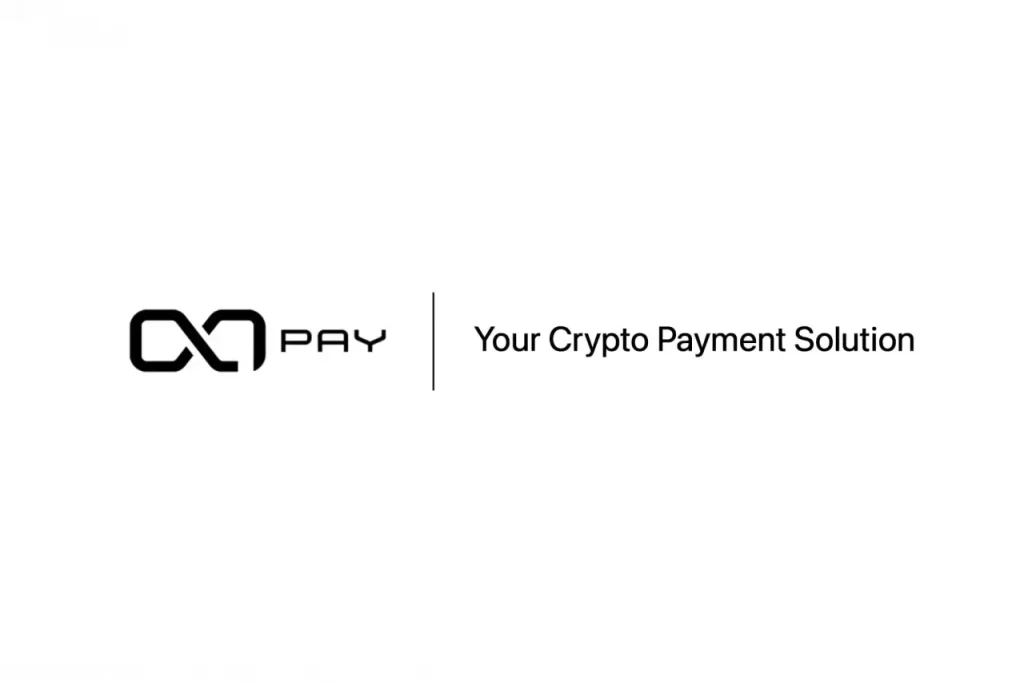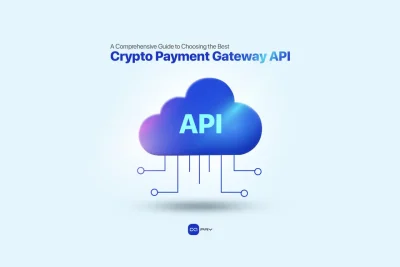Businesses always look for better ways to manage their money. This search has sparked a debate between using traditional payment methods and cryptocurrencies. Each option has its pros and cons, suited to different business needs and what customers prefer. This article compares traditional payment systems with crypto, focusing on aspects like fees, speed, security, access, currency changes, rules, and customer choices. The aim is to help online businesses choose the best payment solutions for their needs.
Comparing Traditional and Crypto Payment Methods
When comparing traditional and crypto payment methods for online businesses, there are several aspects to consider:
1. Transaction Fees
Traditional Payment Methods:
Often involve fees for transactions, which can vary depending on the payment processors (like Visa, MasterCard) and banks involved. These fees typically cover transaction processing and anti-fraud checks.
Crypto Payment Methods:
Crypto payment methods usually have lower fees because they don’t go through traditional banks. However, fees can vary a lot based on the cryptocurrency and how busy the network is. Choosing a crypto payment gateway that supports many cryptocurrencies and offers low-cost options is important. These gateways help businesses save money by allowing them to accept cheaper cryptocurrencies, improving cost-efficiency.
2. Transaction Speed
Traditional Payment Methods:
Credit card and bank transfers can take from a few seconds to several days, depending on the method and international boundaries.
Crypto Payment Methods:
Cryptocurrencies like Bitcoin and Ethereum can process transactions quickly but may face delays when the network is busy. Other cryptocurrencies, such as litecoin (LTC) and Solana (SOL), are designed for very fast transactions, making them ideal for businesses that need immediate payment processing.
3. Security
Traditional Payment Methods:
Security measures are robust, including fraud detection systems, encryption, and regulatory protections like insurance on funds.
Crypto Payment Methods:
Blockchain technology offers strong security by being transparent and unchangeable. Its decentralized nature greatly lowers the risk of fraud and system failures. Crypto payments add extra security with features like cryptographic signatures, multi-factor authentication, and hardware wallets. However, without regulatory protection, there’s no help if funds are lost to scams or theft, so user caution is crucial.
4. Accessibility and Inclusivity
Traditional Payment Methods:
Widely accepted and accessible to most users, supported by a long-established financial infrastructure.
Crypto Payment Methods:
Crypto payments can serve people without traditional bank accounts and provide global financial access to all, regardless of banking status. This expands the customer base for online businesses by including those previously left out of standard financial systems.
5. Currency Volatility
Traditional Payment Methods:
Typically involve stable currencies regulated by governments, providing predictability for pricing and accounting.
Crypto Payment Methods:
Cryptocurrencies are known for their high volatility, which can lead to big changes in transaction values and pose risks to business pricing strategies. However, these risks can be reduced by using crypto payment gateways that convert cryptocurrencies to stable currencies, or by using stablecoins tied to assets like the USD, adding more stability to transaction values.
6. Regulatory Environment
Traditional Payment Methods:
Heavily regulated, providing consumer protection but also requiring compliance with numerous financial rules and regulations.
Crypto Payment Methods:
The regulatory landscape for cryptocurrencies is still developing, which presents some risks and uncertainties. However, as more businesses adopt crypto payments and recognize their benefits, regulatory authorities are starting to view them more favorably. This shift could lead to more supportive policies, potentially integrating crypto payments more fully into mainstream commerce.
7. Customer Preferences
Traditional Payment Methods:
Preferred by a majority of customers due to familiarity and perceived security.
Crypto Payment Methods:
Crypto payments are becoming more popular, especially among tech-savvy and privacy-focused consumers. As people learn more about cryptocurrencies and understand them better, their interest in using crypto for payments is growing. This trend shows a wider acceptance and suggests a potential change in how we might handle daily transactions in the future.

OxaPay: A Crypto Payment Gateway for Online Businesses
As businesses explore adding crypto payments, choosing the right gateway is key. OxaPay stands out as a top choice, meeting the essential needs discussed in this article.
Key Features of OxaPay
OxaPay stands out as a versatile crypto payment gateway, tailored for the changing needs of online businesses. Here’s a quick look at its key features:
Multiple Cryptocurrencies
OxaPay supports various cryptocurrencies, allowing businesses to serve a diverse customer base and extend their global market reach.
Low Transaction Fees
OxaPay offers competitive fees, helping businesses save money on transactions and boost their profitability.
High-Speed Transactions
It processes payments fast, supporting rapid cryptocurrencies like litecoin (LTC) and Solana (SOL), perfect for businesses needing quick settlements.
Strong Security
OxaPay uses advanced security technologies, including cryptographic signatures, multi-factor authentication, and hardware wallet options, to create a secure transaction environment.
Stability Solutions
To tackle the usual volatility of cryptocurrencies, OxaPay provides automatic conversions to stable currencies and supports stablecoins, making transaction values more predictable and simplifying pricing.
Easy Integration
OxaPay integrates smoothly with existing business platforms through flexible APIs, minimizing disruption to operations.
User-Friendly Interface
The gateway has a simple, intuitive interface that eases transaction management and tracking, accessible even for newcomers to cryptocurrency.
Real-Time Analytics
OxaPay offers detailed analytics and reporting tools, enabling businesses to monitor their transactions in real-time for better financial decisions.
Global Reach
Capable of handling payments in multiple cryptocurrencies, OxaPay facilitates international transactions without needing currency conversion, ideal for globally operating businesses.
Customer Support
OxaPay provides dedicated support to help businesses navigate any issues with crypto payments.
Getting Started with OxaPay
- Sign Up: Create a merchant account on the OxaPay website and verify your email.
- Configure Settings: Choose preferred cryptocurrencies, settlement currencies, and enable automatic conversions.
- Integrate: Use OxaPay’s API, plugins, or hosted payment page to integrate into your store.
- Go Live: Test the integration in sandbox mode, then start accepting crypto payments securely and efficiently.
Conclusion
Online businesses need to consider their specific needs, customer base, and operational regions when choosing between traditional and crypto payment methods. While traditional methods offer stability and wide acceptance, crypto payments can provide lower fees, faster transaction times, and access to a broader global market. Balancing these factors will be key to determining the best payment strategy for any online business.




